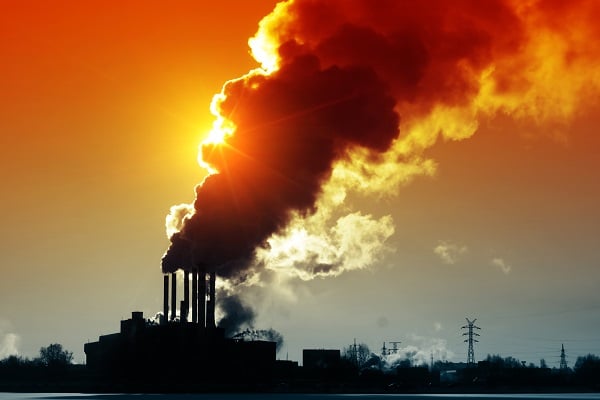Global warming. File photo
Global warming remains the main reason for recent extreme weather conditions worldwide, including the long-lasting heat waves and scorching temperatures across the northern hemisphere, World Meteorological Organisation (WMO) said on Tuesday in its latest study.
Using the climate assessment models of the intergovernmental panel on climate change, the WMO predicted that if greenhouse gas emissions continue to increase, the earth’s average global surface temperature could rise more than 4 degrees celsius by the end of the century.
It means that more intense heat wave and more extremely hot days and nights are ahead.
For illustration, the WMO and its partners have launched a TV series to show how hot the world’s major cities could become by the year 2100 if emissions remain high globally.
Advertisement
Paris, for example, will see its average summer daily highs rise to 29.2 degrees celsius from 22.7 degrees.
The study, which was released this week, warned that many of the assessed cities could see their maximum daily temperatures in summer rise by as much as 6 to 9 degrees celsius.
“Though the TV programs are just possible scenarios instead of true forecasts, they are based on the most up-to-date climate science data.
Advertisement
“They also “paint a compelling picture of how climate change may affect daily life in cities where most of the world’s population lives,” Petteri Taalas WMO secretary-general said.
The WMO warned that extreme weather like long-lasting high temperatures and torrential summer storms could also lead to the scarcity of water and energy, problems of public health and transportation and worsened air quality.
Similar conclusions come from a recent report by the Asian Development Bank (ADB) and Potsdam Institute for Climate Impact Research.
It projected a 6-degree rise in average temperature on the Asian continent by the end of this century if global warming is not curbed.
Advertisement
In parts of Tajikistan, Afghanistan and Pakistan, the average rise could be up to 8 degrees celsius.
“The global climate crisis are arguably the biggest challenge human civilisation faces in the 21st century, with the Asia and Pacific region at the heart of it all,” ADB vice president Bambang Susantono said.
“Countries in Asia and the Pacific are at the highest risk of plummeting into deeper poverty and disaster if (climate change) mitigation and adaptation efforts are not quickly and strongly implemented.”
Despite speculations that the recent extreme weather conditions had links to El Nino effects, the WMO clarified in early July that it was not.
Advertisement
Statistics from the UN agency show that since April, sea surface temperature anomalies in the east-central equatorial Pacific have risen by almost 0.5 degree celsius, approaching the threshold of El Nino conditions.
However, atmospheric patterns have continued to reflect neutral El Nino-southern oscillation (ENSO) conditions.
Advertisement
Judging from most dynamical models surveyed, the WMO predicts that these slightly above-average but still ENSO-neutral conditions are to persist until the end of 2017.
The agency gives a 50 to 60 per cent probability of ENSO-neutral state in the second half of the year, and a somewhat lower likelihood, at around 35 to 45 per cent, of El Nino, while La Nina, the cold phase of ENSO, stands very little chance of developing.
Advertisement
“Even without a strong El Nino in 2017, we are seeing other remarkable changes across the planet that are challenging the limits of our understanding of the climate system.
“We are now in truly uncharted territory,” World climate research programme director David Carlson said.
Advertisement
Add a comment






